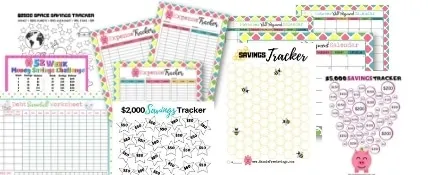*This post may have affiliate links, which means I may receive commissions if you choose to purchase through links I provide (at no extra cost to you). As an Amazon Associate I earn from qualifying purchases. Please read my disclaimer for additional details. Thank you for supporting the work I put into this site!
Known for preaching financial happiness through tough love, Dave Ramsey is a well-liked radio host and author across the US. He teaches his audience to take back control of their assets by adjusting their practices, and his Financial Peace University program is quite popular.
In his book “The Total Money Makeover ”, Ramsey proposes the 7 Baby Steps to Financial Freedom, a simple and easy to follow strategy. Each of the 7 steps of Ramsey’s plan is meant to be done in order. The idea is to follow through every step, one by one until all are completed and you have achieved Financial Peace. By outlining a “plan of attack” on your debt, you are less likely to get overwhelmed and give up. Just take baby steps.
What are the steps? First, creating an emergency fund, followed by paying all your debt, setting aside enough money to cover at least three months’ worth of expenditures, investing in retirement, helping out with your kids’ college education, prepaying your home, and last but not least, build wealth and sharing it. Sounds like he’s planed your life all the way through, right?
Dave Ramsey’s 7 Baby Steps
- Baby Step 1 – Build a $1,000 Emergency Fund
- Baby Step 2 – Use the Debt Snowball Method to Pay Off All of Your Debt
- Baby Step 3 – Save 3 – 6 Months Expenses for your Fully Funded Emergency Fund (FFEF)
- Baby Step 4 – Invest 15% of Your Income into Retirement
- Baby Step 5 – Pay for Your Kids College
- Baby Step 6 – Pay Off Your Mortgage
- Baby Step 7 – Build Wealth and Give
Click on any step above to go straight to that section in this article. Keep in mind that if you want to learn about the 7 baby steps direct from the source, you can do so on the Dave Ramsey website.
Let’s dig a little bit deeper into each step:
First You Need to Commit

Before you start, you need to make the firm and conscious decision of changing your financial habits. Dave Ramsey doesn’t list this as an actual step but emphasizes its importance (this is the most crucial part of the process if you ask me).
If you share expenses with anyone else, like your spouse, get them on board as well. You will struggle to succeed if you are both not on board with the program. If you follow the steps to the letter, you should be aware that you’ll have to forget about using your credit card or acquiring any new debt (like buying a car).
If you are doing Dave Ramsey’s baby steps and you want something, you have to pay for it in cash or save to afford it. Remember, you’re both making a conscious vow to spending money wisely.
Let’s start with Baby Step 1
Baby Step 1: Save $1,000 to Start Your Emergency Fund.
This is the most significant thing you can do for yourself financially. You never know when you will have to deal with a situation that requires a large amount of money. Maybe your alternator goes out or it rains and you find out your roof is leaking and needs to be patched. Having an emergency fund will let you cover these expenses without getting in debt or dipping into your savings (if you have any).
Where to Keep Your Emergency Fund
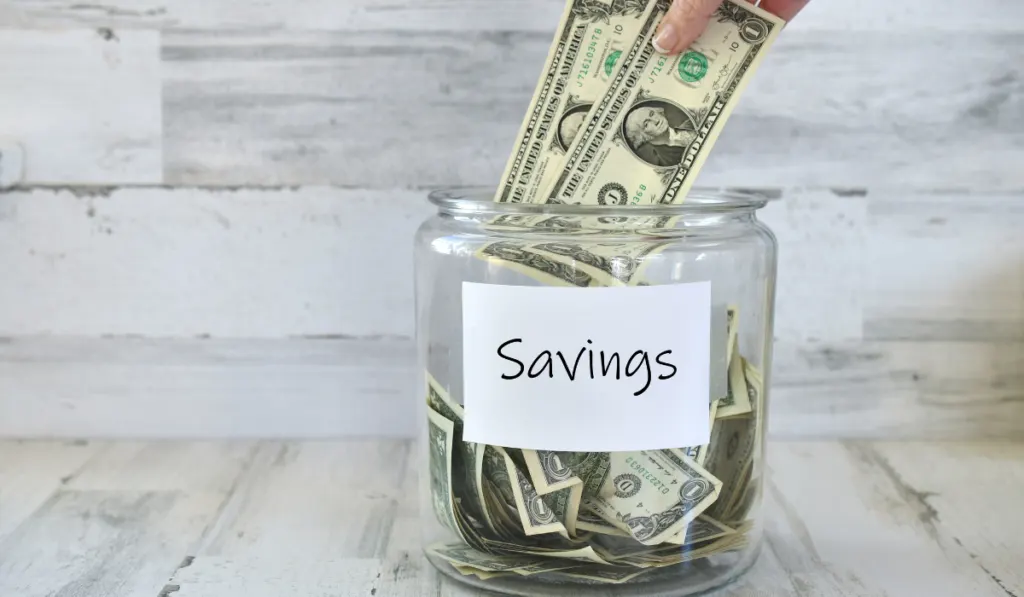
Putting this cash in an online savings account is a great choice since it will give you a good interest rate and you’ll have easy access to it if ever needed.
I recommend using an online savings account so the money isn’t easily accessible. Yes, you can get to it but you can’t just go down to the ATM and pull funds out. At a minimum, you may want to consider having the savings account at a different bank than your main bank. That way there is at least a small barrier so you don’t just transfer money over to your checking because the balance is getting low.
Your contingency plan does not necessarily have to be of $1000. It’s ok if you consider, especially in today’s economy, that you can need a larger fund to have a better sense of protection. If your expenses are really low, a $500 emergency fund might make more sense. The ultimate goal with this step is to not have to incur debt to handle an unforeseen event.
Reaching Your $1,000 Savings Goal
To help you keep track of how far you have come and how far you have left to go, try one of our FREE savings trackers in the resource library. This is one example but we have over 30 in there for you to choose from!
This $1,000 saving tracker can be colored in any day of the week. Have $20 extra to spare today? Set the money aside and color in that square. Keep going until its all filled in!

Baby Step 2: Pay Off All Debt
After setting aside your baby emergency fund to take care of any crisis, you are ready to get started with the debt snowball! We’ve covered the details of how to set up your debt snowball before. The basics of this step are to order your debts from smallest to largest and pay them off in that order. This will give you small victories that will motivate you.
Ramsey is an advocate for the Debt Snowball method, which consists of combining small amounts of money (debt snowflakes) and rolling them into a larger amount (debt snowball), which can add up and help you quickly to pay off debt. In other words, taking any amount of cash, regardless if it’s a lesser quantity, and use it to pay debt instead of spending it.
Some may not consider the Snowball to be the best approach to getting rid of your debt. You can also consider the Debt Avalanche plan, which would guide you in doing the opposite (paying the highest interest debts first). But before you decide on any of these two, analyze your debt and choose the best option, whichever it is. Any option is ok as long as you are getting rid of your dues. We recently reviewed 5 debt snowball calculators that are great for deciding whether to do the debt avalanche or the debt snowball.
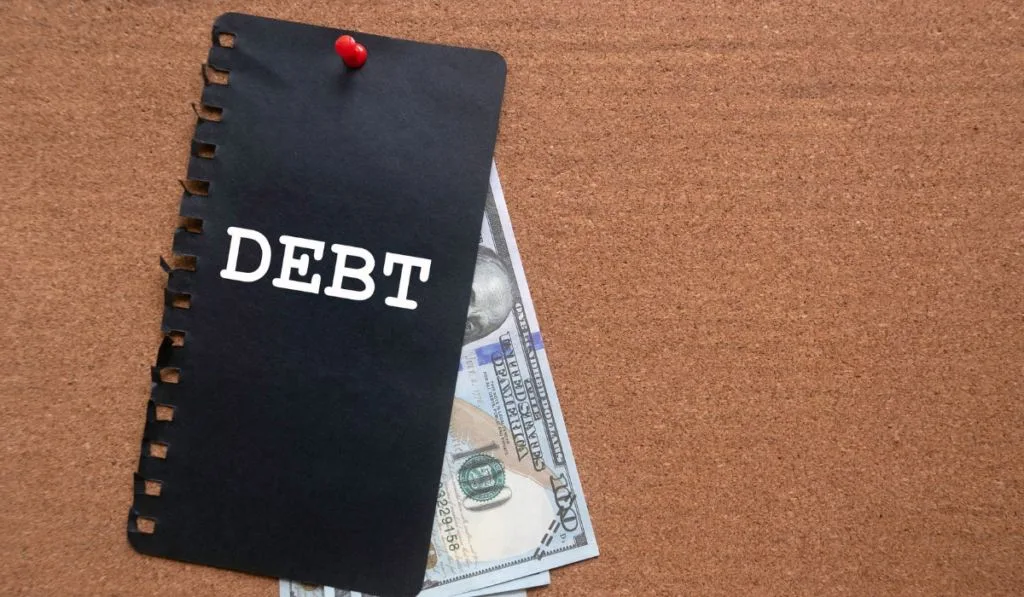
Baby Step 3: 3 to 6 Months Emergency Fund
Once you have your contingency fund set and said goodbye to debt, the next step is to gather enough to take care of at least three months’ worth of your bills and needs. This means your rent or mortgage, car payments, insurance, utilities, groceries, etc. You would still need to pay for them if you were to get laid off. Unemployment insurance can be an option, but it probably won’t be enough.
The idea here is to be prepared so you don’t ever have a reason to fall back into the debt trap. Unexpected life events happen. Job loss, major medical issues, pregnancy and even death in the family. While it may be easier to think these things won’t happen to you, it is better to be financially prepared just in case they do.
Avoid debt by having that cash on the side so you can cover your and your family’s necessities, at least until you are able to get back on your feet. You can set an automatic withdrawal from your paycheck and have it transferred to a savings account with high interest. These savings are great for making purchases, as a second emergency fund (if needed), and for building wealth. Don’t you just love how that sounds?
Baby Step 4: Invest in Your Retirement

Once you have your fully funded emergency fund from step 3 (abbreviated in the Dave Ramsey community as FFEF), you are ready to start saving for retirement.
Ramsey suggests investing at least 15% of your salary in Roth IRA’s (which are more profitable than traditional IRAs) and pre-tax accounts (like traditional IRA’s or 401(k)). If your company has you on a 401(k), a 403 (b) or TSP match, equal it. After that, fully fund a Roth IRA. This means you are ensuring a quality retirement for yourself and your significant other.
Also be sure to be aware of any limits and restrictions. For example, my company offers a 3% match but the employee handbook also says that amount maxes out at xx per year. The max out amount was more than 3% of my salary but I went to my boss and asked if they would match over the 3% up to the company limit. They said YES!
That personal story is just a reminder that it never hurts to ask. They were more than happy to do it, but nobody had ever asked before!
Baby Step 5: College For Your Children
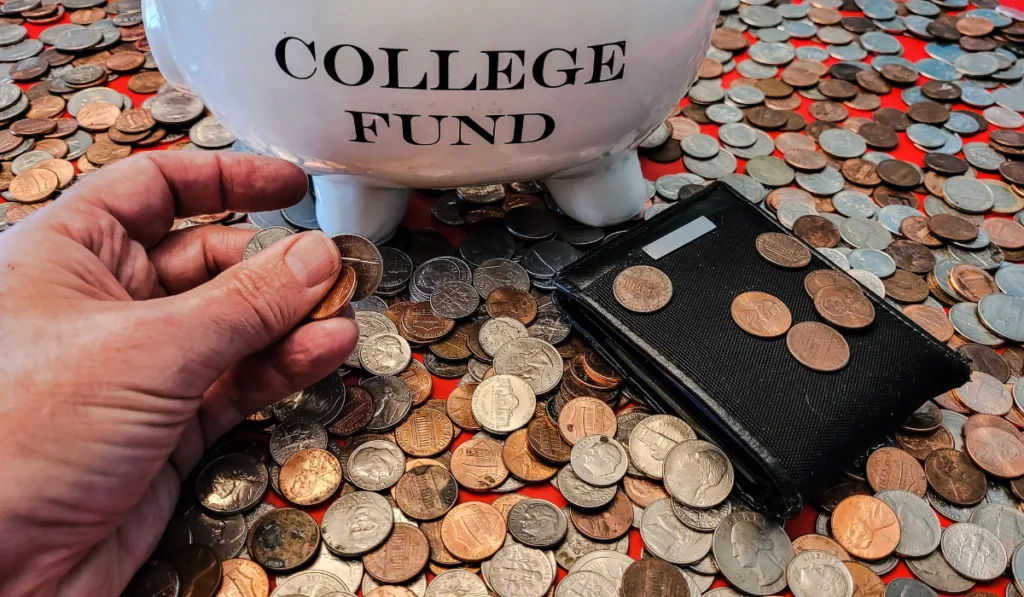
When you get to this point, you have already taken care of your past, present and future financial needs. Now you have to look out of your loved ones.
Ramsey emphasizes that, although it is very important to help your children out, you should do it only after you have your retirement savings set.
Why? You need to take care of yourself first. Your kids CAN get loans for their college education. While it isn’t ideal, it is possible. On the other hand, try going to a bank and asking for a loan so you can retire. That isn’t really going to go over well.
If you choose to help your children with their tuition, there are different types of savings accounts available that have good tax benefits. It’s ok if you consider they have to be responsible for putting themselves through college. Whatever your opinion is on this matter, know that universities will check paternal income levels when applying for a student loan and grant applications.
Baby Step 6: Pay Off Your Home Early
Even though most people will tell you a mortgage loan is ok because you can use the interest as a tax deduction, paying off your home debt early can be advantageous. Just think about having extra cash every month and being able to do whatever you want with it. So once you’re done with the first 5 steps, try to make extra payments towards the loan.
But before you resolve to pay off your mortgage early, consider if that money could be more useful on the long run and made you some extra cash if you invest it properly. If not, prepay away.
Also, Ramsey mentions only getting a 15 or fewer year fixed mortgage. And don’t forget to ask your creditor if there are any penalties for making early or extra disbursements.
If you look at an amortization calculator, the amount you might be able to save by paying off your mortgage early is staggering! Even just making bimonthly mortgage payments can make a huge difference. Wondering how much of a difference? Check out this post I wrote on the subject: Biweekly Mortgage Payments vs. Monthly.
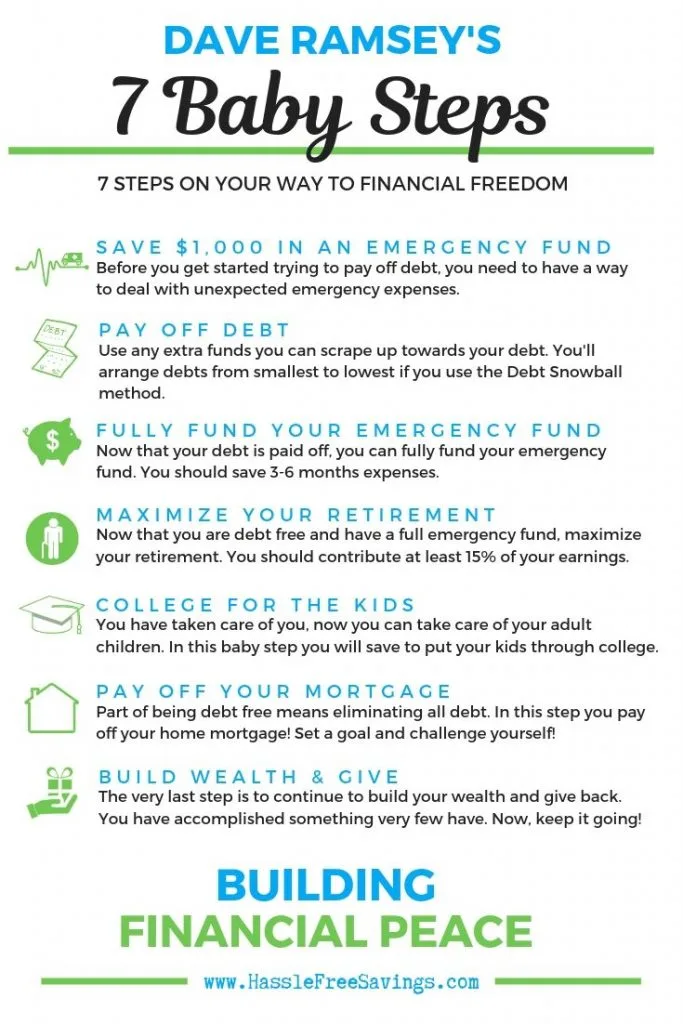
Baby Step 7: Build Wealth and Give!
You’re finally at the last step! Congratulations! If you followed everything thoroughly, you will have some extra dollars each month, and building wealth is the next step.
Ramsey endorses investing in real estate and mutual funds to make the most of your money. It’s important to note that whatever investment you make should suit your needs. For example, you may not be interested in buying a house or investing in real estate. That’s OK!
And now that you have financial freedom and stability, give! Amassing a fortune will not bring you true happiness if you don’t use, at least a part of it, to help others out. Ramsay advocates giving at least 10% of what you own, whenever and however you want to.
He also stands out there are other ways of giving, like helping out with your time, talents, etc., just strive to make a difference. This will bring true satisfaction and joy to your life.
The Bottom Line
If you are reading this article, you are most likely not in a stage of life yet where you have all your debts paid and are building wealth. This is a life-long plan, so don’t stress about it. As long as you are focused and committed on achieving monetary stability (getting rid of debt, saving, investing, etc.) you’ll be ok.
Start making smart choices now, live within your means, and repay your dues. Salary will increase with years of experience and preparation, as well as options to generate extra income, so these efforts will become easier with time.
Dave Ramsey’s Baby Steps to Financial Freedom plan will work if you follow the steps. Remember to make each step your own. You need to choose the path your life takes, these steps are just a rough guide of making the most out of your finances. If you are serious, set goals, make a plan and stick to it, you will be able to achieve everyone’s ultimate objective: financial independence.
Now that you have committed, pick one of these articles to get started with the next step:
- Cash Envelope Method of Budgeting
- New to Cash Envelopes? What You Need to Know to Get Started
- Getting Started with Your First Budget

